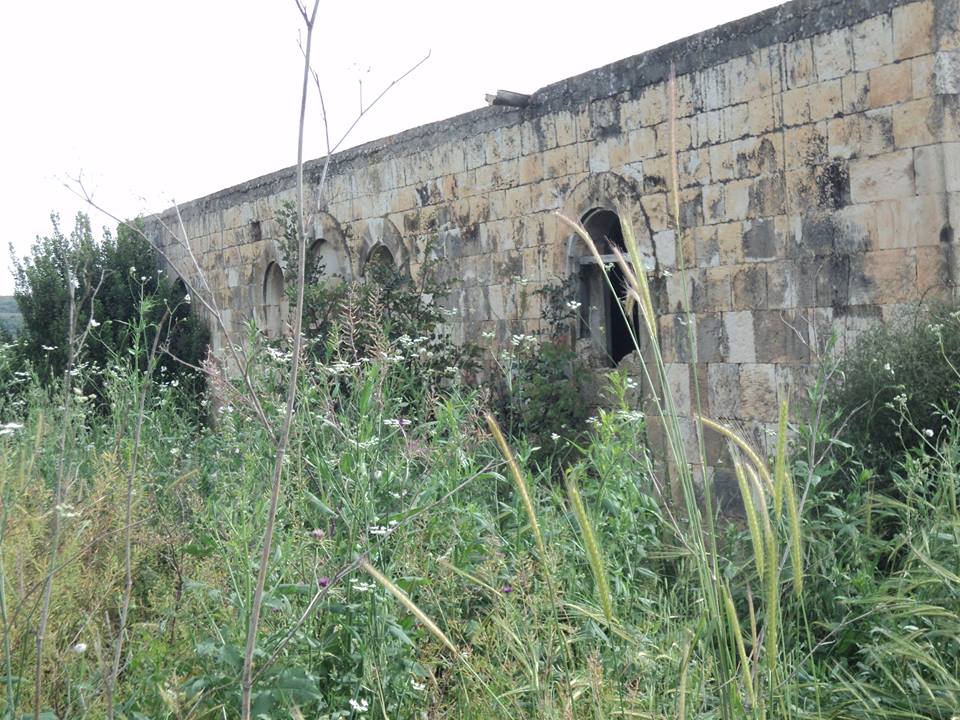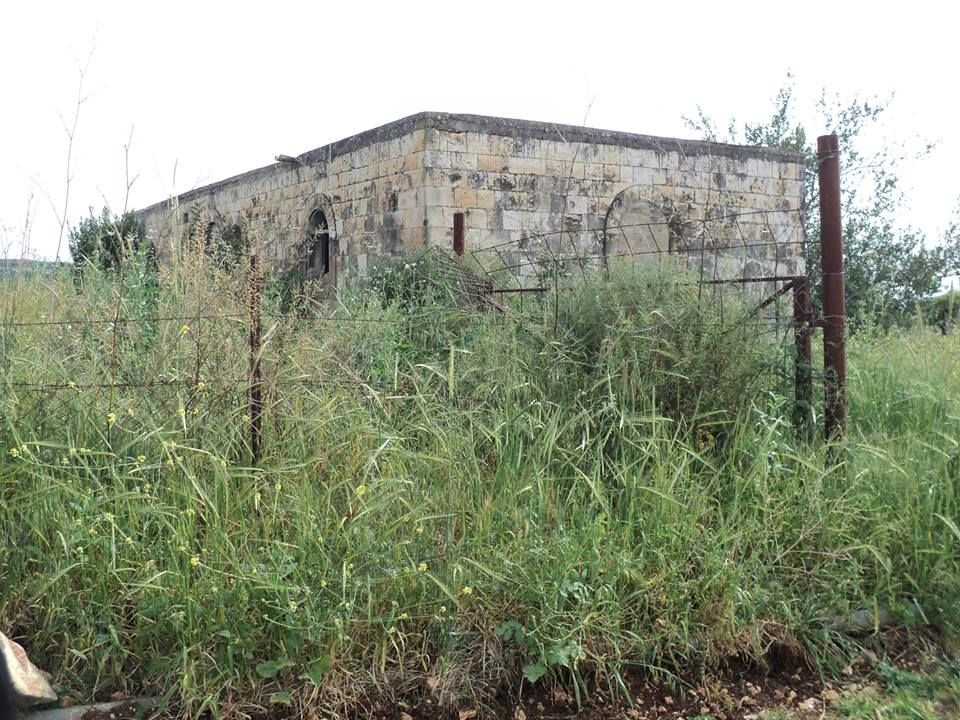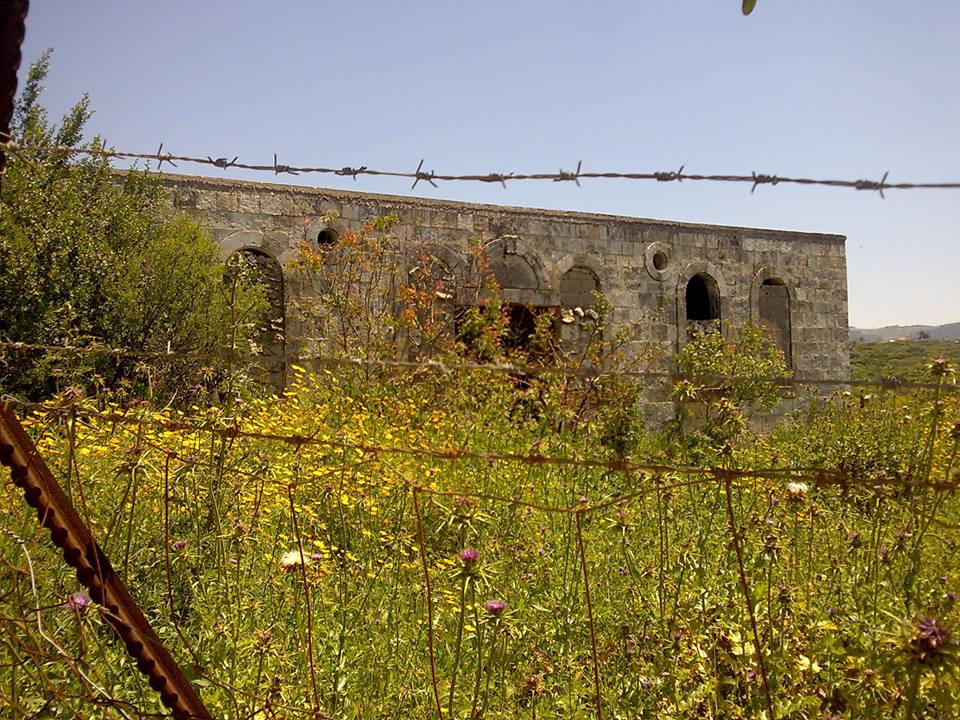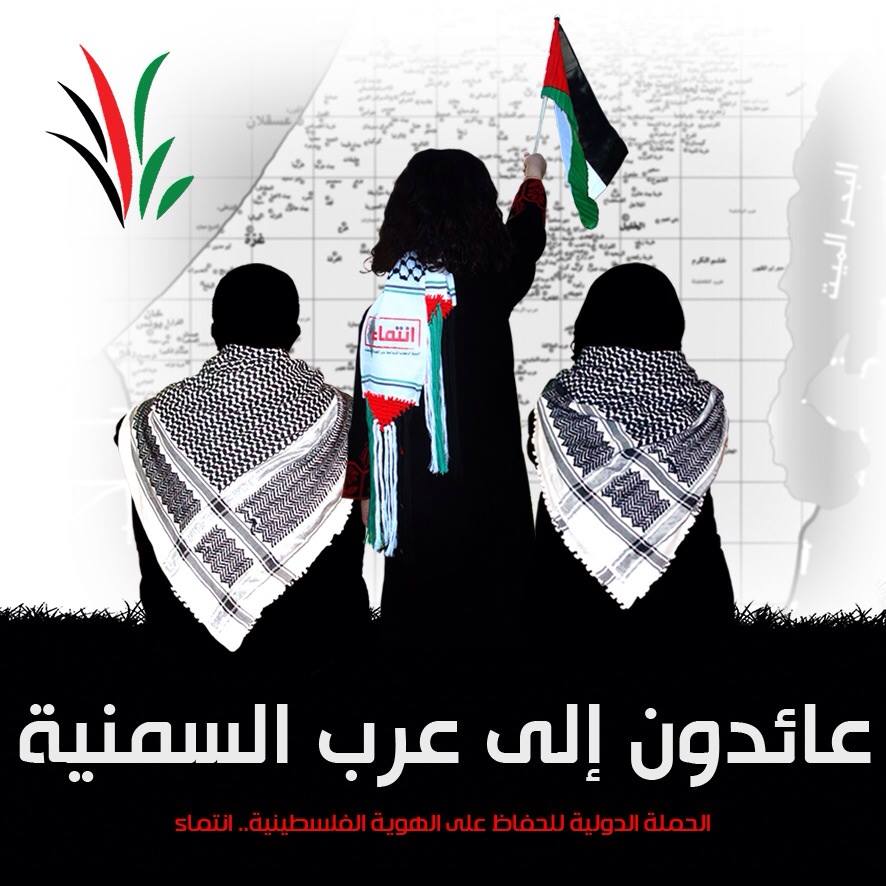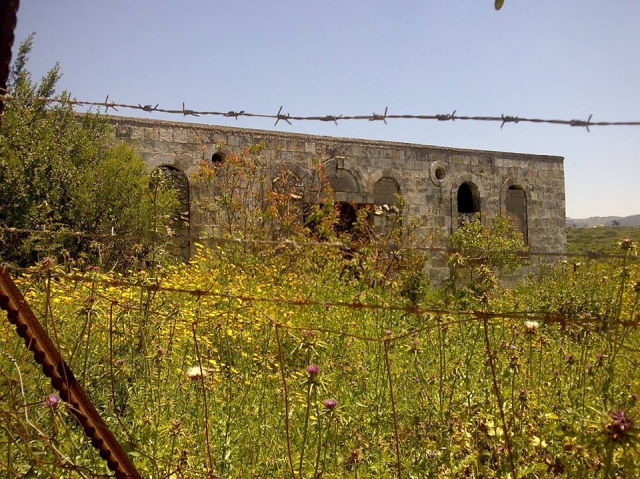Info
District: Akka (Acre)
Population 1948: 230
Occupation date: 14/05/1948
Occupying unit: Carmeli & Oded & 7 brigades & Golani
Jewish settlements on village/town land before 1948: None
Jewish settlements on village/town land after 1948: None
Background:
The village, which was also known as Khirbat al-Suwwana, was situated on a rocky hill near the road linking Ra's al-Naqura with Safad. It was located 19.5 km northeast of Acre.
'Arab al-Samniyya was probably taken at the end of Operation Hiram, on 30-31 October 1948. Israeli forces launched this full-scale offensive after the second truce of the war, in late October, using units drawn from four different Israeli brigades (Sheva', Carmeli, Golani, and 'Oded). According to the New York Times, the sixty-hour campaign was designed "to eliminate the Arab-held bulged descending into Galilee from Lebanon." This was the last pocket of Arab resistance in Galilee. Within three days the whole Upper Galilee was occupied; the population was either expelled or fled out of fear. Somme villages captured during the opreation were emptied of their inhabitants immediatly, but other villages were expelled in the following weeks, on the pretext of "clearing" the border. Only a few communities in Upper Galille remained. This result conformed well with Israeli Prime Minister David Ben-Gurion's statement before the cabinet a month earlier. On 26 September, Ben-Gurion predicted that should fighting resume in the north of Palestine, the Galilee would become "clean" and "empty" of Arabs, and implied that he had be assured of this by his generals.
Safsaf, some 25 km to the east of 'Arab al-Samniyya, in Safa District, was the first village to be occupied during Operation Hiram. The village had been the headquarters of the Arab Liberation Army's Second Yarmuk Battalion, led by Adib al-Sishakli, according to Palestinian historian 'Arif al-'Arif. It fell before dawn on 29 October 1948; on 30 October, it was the scene of on e of several massacres comited during the operation. Two platoons of armored cars and a tank comany from the Sheva' Brigade attacked the village.
Forces on the eastern and western fronts converged in a pincer movement at Sa'sa' around noon on 30 October. The following day, an Israeli army spokesman, quoted in the New York Times, said that several hundred of the area's defenders had been killed and another several hundrer taken prisoner. In the word of Israel Galili, former head of the Haganah National Staff, acts of "mass murder" were committed in Sa'sa'.
As units of the Golani Brigade's First Battalion advanced on the southern front of Operation Hiram, they met units of the 'Oded Brigade moving eastwards at the Suhmata junction. According to the official Israeli millitary account, the villagers of Suhmata clashed with the invafing Israeli forces. The History of the war of Independence states : "in the beginning, the village of Suhmata showed some resistance, but it was occupied after being encircled by an infantry platton." United Nations official observing the operation on 1 November found the village around Tarshiha (2 km from Suhmata and 10 km southeast of 'Arab al-Samniyya) to be deserted and "reported the extensive looting of villages and the carrying away of goats, sheep and mules by the Israeli forces." The New York Times quoted the UN report, which added: "The looting appears to the observers to have been systematic, army trucks being used. This situation has created a new influx of refugees into Lebanon."
At the end of Operation Hiram, on 30-31 October 1948, the participating units were ordered to extend their control along the length of the border with Lebanon, after having conquered a large area in the Upper Galilee. The village of 'Arab al-Samniyya was probably occupied at this time, when the 'Oded Brigade advanced westwards toward the coast along the road parallel to the border. On 31 October it took a number of other villages, such as Iqrit and Tarbikha.
The village would have been reached shortly after Tarbikha and Iqrit, and like this two nearby villages, might not have been amptied directly. Judging from circumstancial evidences cited by Israeli historian Benny Morris, its people may have been expelled in the coming weeks, under the guise of creating a "secure" border.
The settlement of Ya'ara was established in 1950 on village land.
Only the stone rubble of houses, crumbling walls, and a few roofs remain of the village buildings. The terraces of fig and olive groves are still visible.


